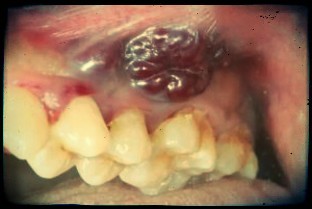What is a radical neck dissection? when is it done?

What is a radical neck dissection? The surgeon removes a block of tissue from the collarbone to the jaw and from the front to the back of the neck. The large muscle on the side of the neck that is used for rotating, flexing or extending the neck is also taken out, along with the major vein on the side of the neck. Sometimes, a less drastic operation, called a supraomohyoid neck dissection is done. This takes out only the lymph nodes, the tissue surrounding the nodes and a muscle at the front of the neck. Another technique, called a functional neck dissection, saves the muscles of the neck, taking out only the lymph nodes and tissues surrounding them. What kind of incision is made with a radical neck dissection? The incision depends upon what the surgery is for. It can run from below the ear to the collarbone. Everything in the front of the neck on one side or on both sides may be removed. This may include the lymph nodes, blood vessels , nerves, and the salivary gland under t...













